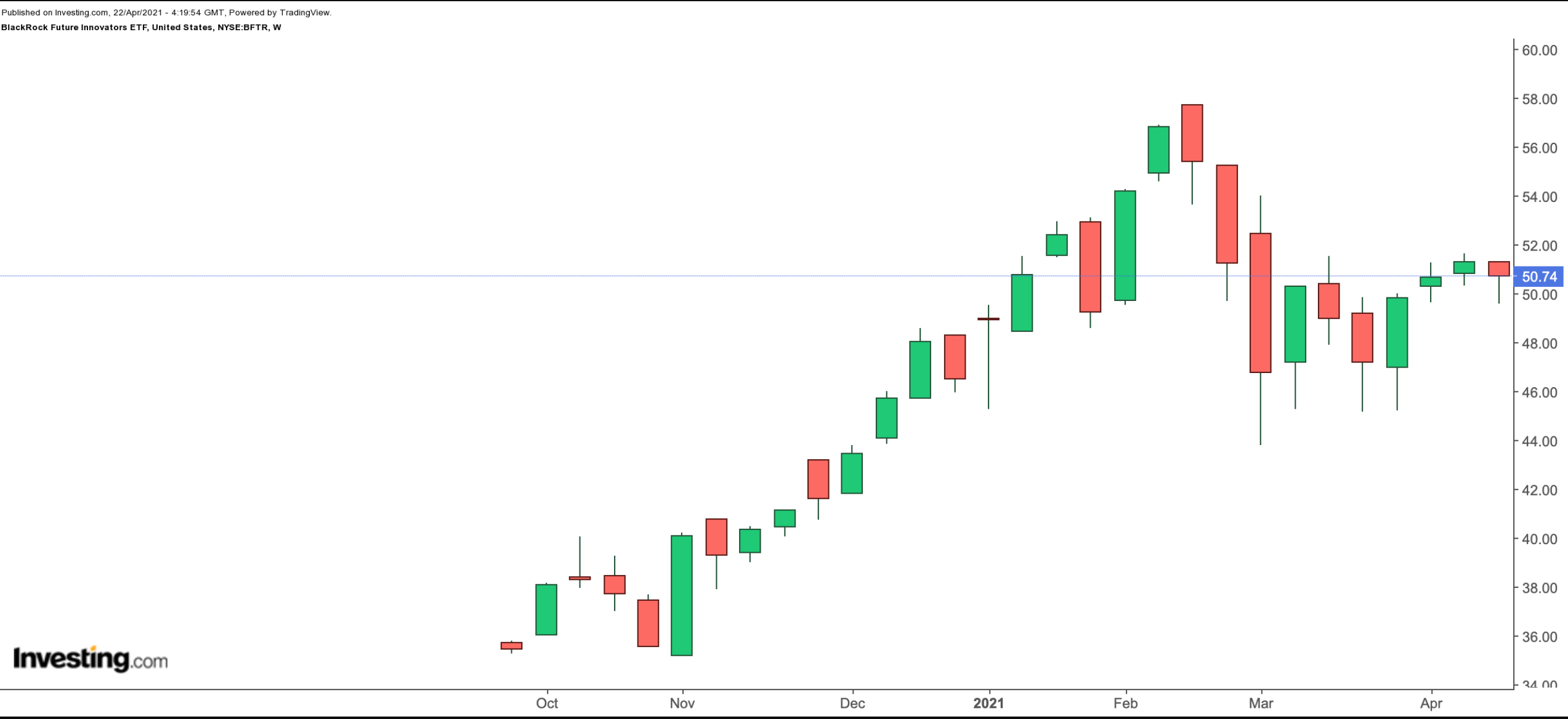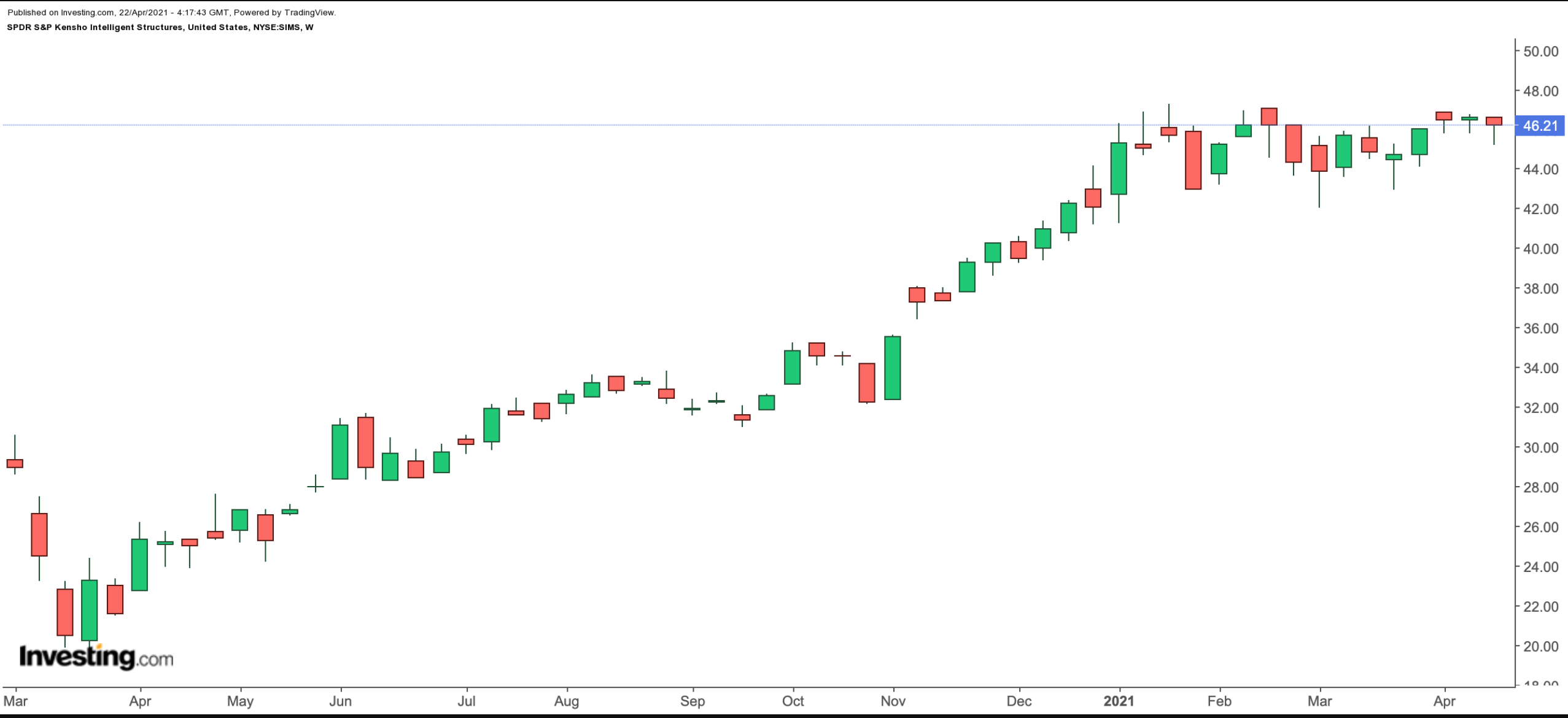Recent US metrics show that the economy is rebounding from the uncertainties brought by the pandemic. The road to recovery might still ebb and flow, but consumers and companies seem increasingly confident that better days are ahead.
For instance, in March, the Conference Board’s Consumer Confidence Index beat expectations, increasing to 109.7 from 90.4 in February. The next set of data is slated for the end of the month.
Earlier in April, data released by the US Bureau of Labor Statistics showed that the unemployment rate in March was 6.0%, 0.3% lower than February. According to the report, “Job growth was widespread in March, led by gains in leisure and hospitality, public and private education, and construction.”
We’re in the midst of a volatile earnings season. Therefore, many darlings of Wall Street could easily come under short-term pressure. However, in the long run, the stock market typically benefits from a robust economy and moves higher.
With that information, here are two exchange-traded funds (ETFs) that might potentially benefit from the strength of the US economy. They could appeal to readers who believe the most adverse economic effects of the pandemic are behind us.
1. BlackRock Future Innovators ETF
Current Price: $50.74
52-Week Range: $35.22 - 57.75
Expense Ratio: 0.8% per year
The Blackrock Future Innovators ETF (NYSE:BFTR), an actively managed fund, focuses on innovative small-cap and mid-cap businesses. Fund managers concentrate on industries that could impact the future of the global economy.

Firms that innovate—be it a new product, service or business strategy—typically develop a competitive edge, which then propels growth. BFTR has 63 holdings, and its benchmark index is the Russell 2500 Growth Index.
Since its inception in September 2020, net assets have growth close to $23 million. Information technology and health-care sectors have the highest weighting in the ETF, each with around 30%. Next in line are consumer discretionary stocks (15.94%), industrials (12.13%) and consumer staples (4.61%).
The fund’s top holdings include the online car-buying platform Vroom (NASDAQ:VRM); law enforcement technology solutions provider Axon (NASDAQ:AXON); Freshpet (NASDAQ:FRPT), which manufactures fresh pet food; and industrial biotechnology group Amyris (NASDAQ:AMRS).
The top 10 names comprise around 28% of BFTR. In other words, the fund is not top heavy and no single stock’s weighting is large enough to affect the price of the ETF by itself.
So far in the year, BFTR is up about 7.5%. It has lost about 15% of its value since the record high hit in mid-April. For growth investors, disruptive trends come with opportunities and risks. We like the diversified nature of this ETF.
However, as it is a young fund, for now, you might want to keep it on your radar screen and analyze the companies held in the fund. Interested readers could also regard any dip below $50, especially toward $45 as an opportunity to buy into the fund.
2. SPDR S&P Kensho Intelligent Structures ETF
Current Price: $46.21
52-Week Range: $23.85 - $47.29
Dividend Yield: 0.61%
Expense Ratio: 0.45% per year
The SPDR S&P Kensho Intelligent Structures (NYSE:SIMS) provides exposure to the next-generation of “intelligent” infrastructure stocks. Those innovative companies typically focus on smart buildings, power grids, transportation infrastructure and water infrastructure.

SIMS, which has 45 holdings, started trading in December 2017 and follows the S&P Kensho Intelligent Infrastructure Index. The top 10 firms comprise more than 30% of net assets of almost $50 million.
Residential security solutions provider Resideo Technologies (NYSE:REZI); Acuity Brands (NYSE:AYI), which provides lighting solutions; Johnson Controls International (NYSE:JCI), which develops energy solutions, integrated infrastructure and transportation systems; and Blink Charging (NASDAQ:BLNK), which offers both residential and commercial electric vehicle charging equipment; lead the names in the roster.
Year-to-date, SIMS is up about 8.5% and hit a record high in January. Since then, the fund has given up some of its gains. Because of the importance US President Joseph Biden attributes to infrastructure projects that put green energy transition at the center, we can expect many companies in the fund to create shareholder value in the coming quarters. Potential investors could look at any decline toward the $40 level as an entry point into the ETF.
